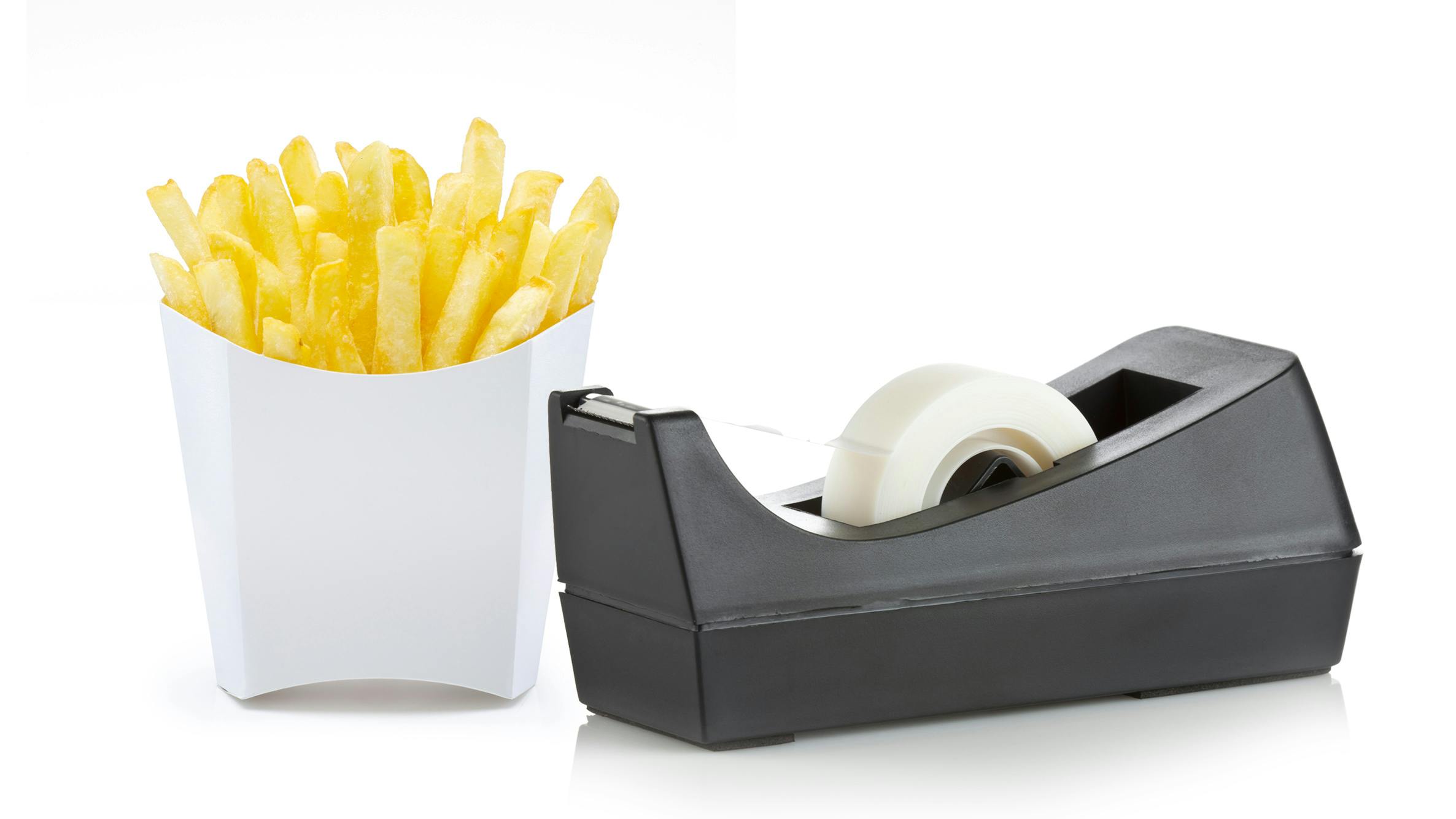The power of “So what?”
A simple, if provocative, question can make all the difference to a project when it's asked at the right time.
The power of “So what?”
I remember the first time my business partner, design strategist Stefanie Norvaisas, was critiquing a meeting presentation and challenged the presenter with “So what?” on an important slide.
At first, I was taken aback by her very direct and what I perceived as somewhat aggressive question. I thought she meant “So what? Who cares?” or “So what? Why are you qualified to be presenting?” But I came to realize that she meant the question in a much more constructive and gentle tone.
In innovation, asking “so what?” helps us think bigger. Asking “so what?” to the presenter about a slide makes them think about their overall story. Asking “so what?” about a single observation helps a research team remember why they are solving problems. Asking “so what?” about details and plans helps teams remember the bigger goal. Asking “so what?” helps people see the forest from the trees. Better yet, asking “so what?” helps you think about which pond to fish in instead of which fish to fish for.
“So what?” has become one of my favorite go-to questions in this space. Turns out it can be helpful in project management, in running your business, in engineering a solution, in designing a product and discovering needs, and even in reinventing a market.
Sometimes answering the “so what?” helps you understand that there's nothing there and you can let it go. For example, a researcher observed that people tend to eat french fries at quick- serve restaurants in small bunches. Turns out when you asked “so what?” that there was no significance. It was an interesting tidbit, but nothing that was solving a problem.
Conversely, we asked “so what?” when we observed hospital maintenance staff cleaning sticky tape marks off overbed tables. Turns out that patients can’t toss tissues to the trash can from their bed, so nurses tape plastic bags to the edge of overbed tables. This informed the direction of the project.
Even bigger yet, the customers of a medical device manufacturer complained that their device was not fast enough. Our client assumed the solution was to make the machine to work faster. As innovators, it's important for us to make sure we are properly informed. In this case, the “so what?” was the diagnostic process overall. We investigated it in more detail, from start to finish across different parts of a lab, different users and different equipment. Turns out that the complaint had to do with the entire process and the device was only a small contributor. This greatly influenced the product development efforts, redirecting teams and resources and ultimately providing a tremendous value to end users and our client’s business. Imagine if they had spent the effort on just making the machine faster. They would have missed a huge opportunity.
In some cases, asking “so what?” needs to be about the details to make sure we're spending our time wisely in the weeds. At other times, asking “so what?” needs to be about the bigger purpose. If everyone from the top to the bottom leverages asking “so what?”, we are all much more likely to succeed. Additionally, we'll all have more pride in our work and the outcomes.
In today's day and age, “so what?” also helps business leaders remember how important it is to attract new talent who want to know their employer is contributing to a bigger cause. Tomorrow's leaders understand that the “so what?” matters. And they expect their employers to be making an active effort toward making the world a better place.
So today when I hear Stefanie ask “so what?”, I hear curiosity of the anthropologist and design strategist she is. I hear the gentle question that encourages people to think bigger and the kindness that taps into a team's potential. I hear someone who has big hopes and dreams for our clients and for this planet.
“So what?” helps us design better products, creates better jobs and businesses, and I would argue even a better world. If you are not in the practice of asking “so what?”, I would encourage you to try it on and see what a difference it makes.
